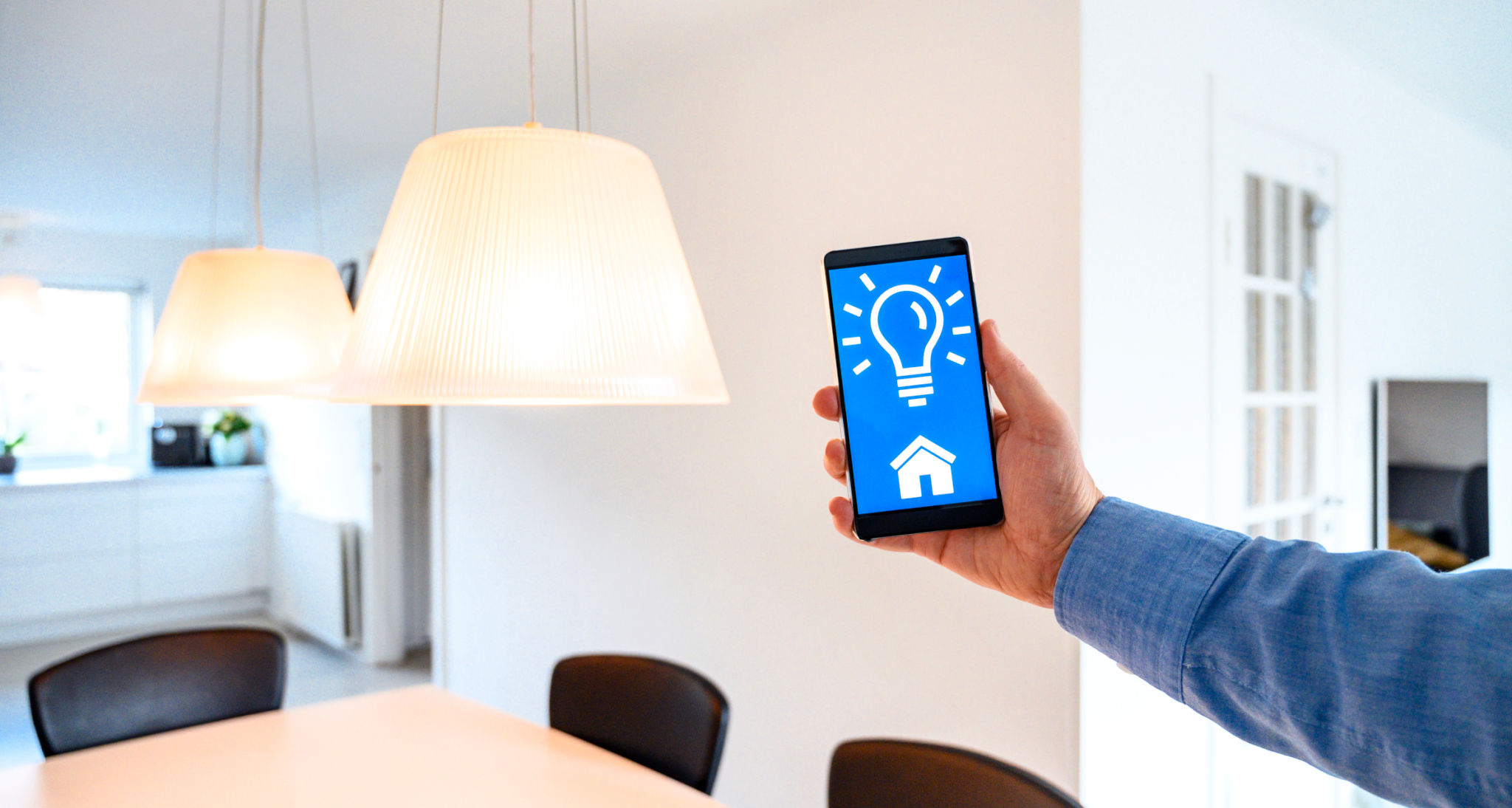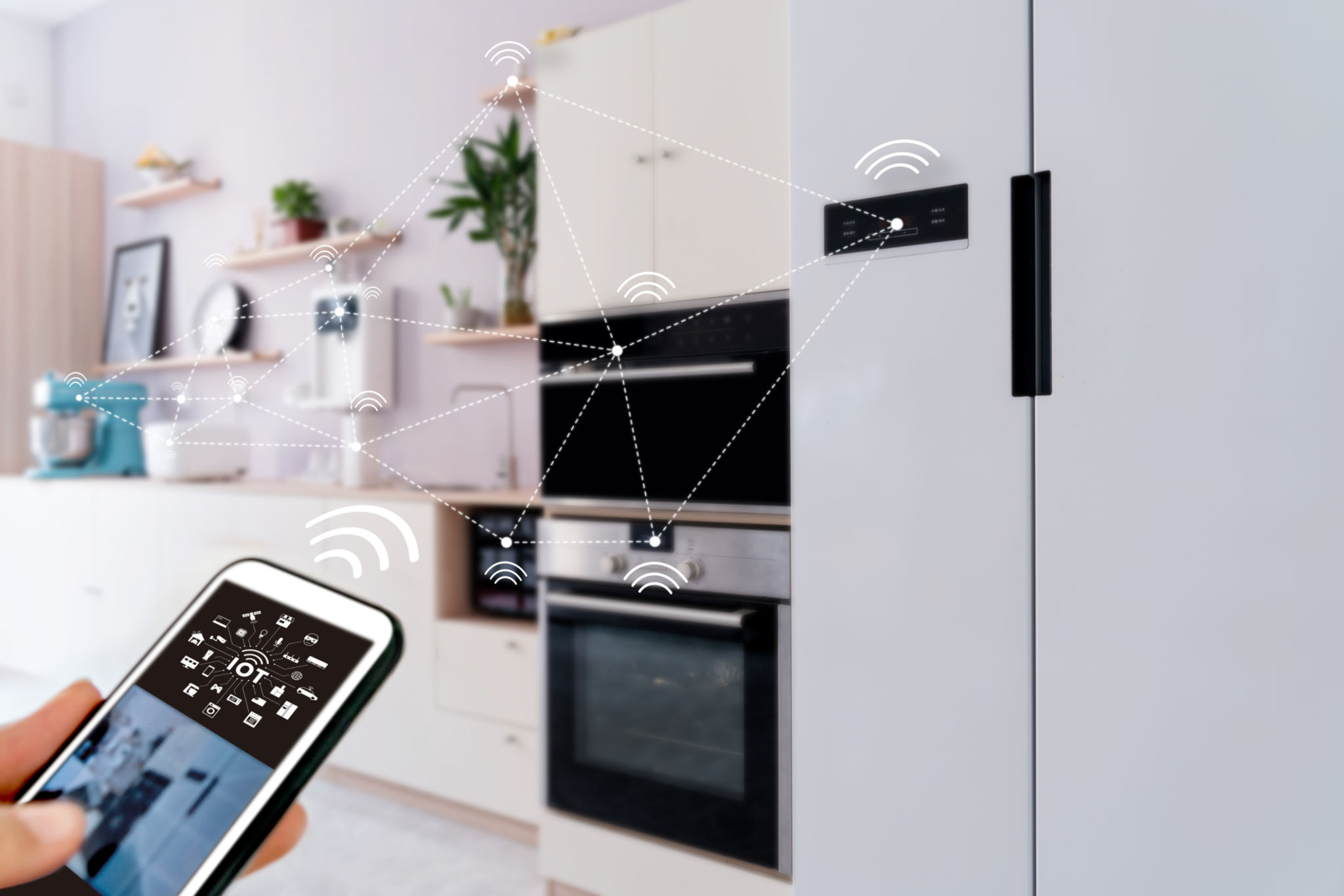Case Study: Transforming a Bowie Home with Smart Technology
AD
Introduction to Smart Home Transformation
In recent years, smart home technology has rapidly evolved, transforming the way we interact with our living spaces. One remarkable example of this evolution is a home in Bowie, where a traditional house underwent a complete smart technology makeover. This case study explores the journey of transforming a typical residence into an intelligent and efficient living environment.
The homeowners, eager to enhance their lifestyle, embarked on a mission to integrate the latest smart technologies. From energy management to security enhancements, they sought a comprehensive solution to modernize their home while increasing convenience and safety.

Planning and Design
The transformation began with meticulous planning and design. The homeowners collaborated with a team of smart home experts to identify their needs and preferences. Key considerations included cost-effectiveness, ease of use, and compatibility with existing home infrastructure.
A comprehensive plan was developed, encompassing various aspects of home automation. This plan served as the blueprint for the subsequent installation and integration phases. By prioritizing essential features and scalable solutions, the team ensured that the project stayed within budget while allowing for future upgrades.

Key Areas of Focus
The transformation project focused on several key areas that are integral to any smart home:
- Lighting Control: Implementing a smart lighting system that allows remote control and automation based on occupancy and natural light levels.
- Climate Management: Installing a smart thermostat for optimized heating and cooling, resulting in energy savings.
- Security Enhancements: Upgrading to smart locks, video doorbells, and surveillance cameras for improved security and peace of mind.
- Entertainment Systems: Integrating smart speakers and streaming devices for a seamless entertainment experience.

Implementation and Integration
The implementation phase involved installing various smart devices and ensuring seamless integration across platforms. The team utilized Wi-Fi and Bluetooth technologies to create a robust network that connects all devices for centralized control via smartphones or voice-activated assistants.
The integration process was smooth, thanks to the interoperability of chosen devices. The homeowners could control lighting, temperature, security systems, and entertainment with simple voice commands or intuitive mobile apps. This level of control significantly enhanced their daily routines and overall quality of life.

Challenges and Solutions
Despite careful planning, the project faced several challenges. One significant hurdle was ensuring reliable network connectivity throughout the home. To address this, the team installed additional routers and extenders to eliminate dead zones and maintain consistent communication between devices.
Another challenge was user adoption. To ensure the homeowners were comfortable using their new smart systems, the installers provided comprehensive training sessions. This hands-on approach empowered the residents to fully utilize the technology's potential and customize settings to their liking.
Results and Benefits
The transformation yielded impressive results. Energy consumption decreased by approximately 20%, thanks to efficient climate control and automated lighting systems. The enhanced security features provided peace of mind, while the entertainment upgrades offered endless enjoyment for the family.
The successful integration of smart technology not only improved the home's functionality but also increased its value on the real estate market. The residents now enjoy a modernized living environment that is both convenient and sustainable.

Conclusion
This case study of a Bowie home demonstrates the transformative power of smart technology. By embracing innovation, homeowners can significantly enhance their living spaces, achieving greater efficiency, security, and comfort. As smart technology continues to evolve, more households will undoubtedly embark on similar journeys towards a smarter future.